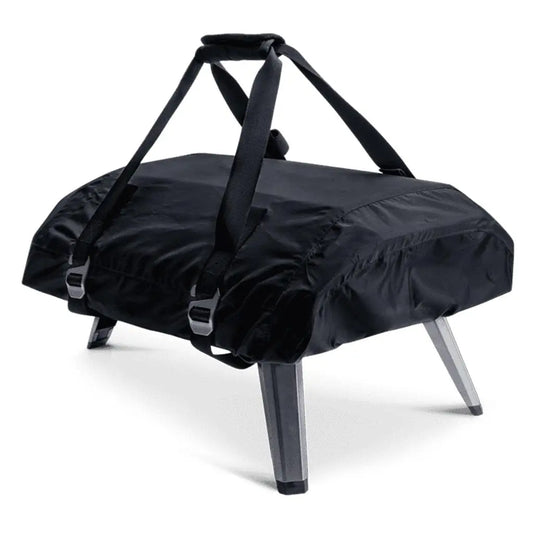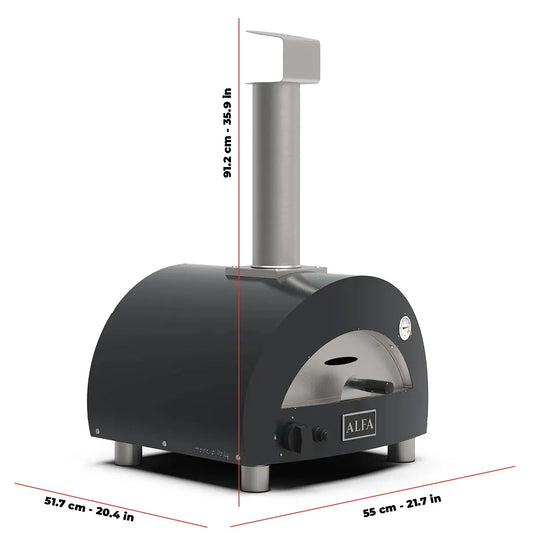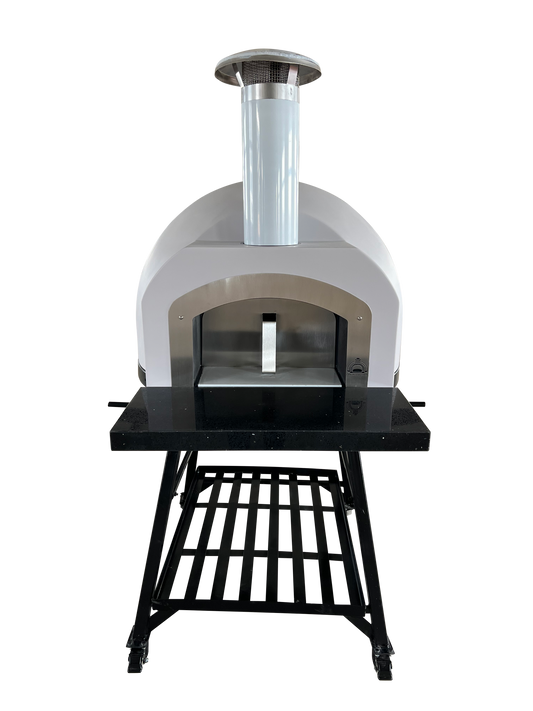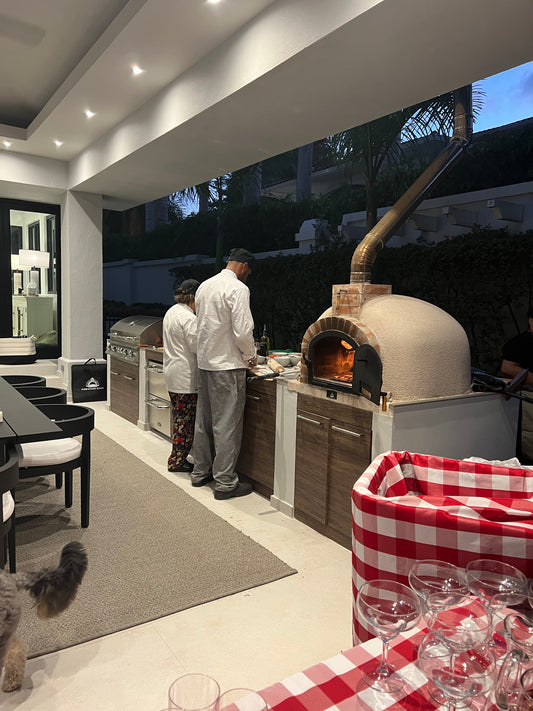Mastering Pizza Dough with a Spiral Mixer: A Comprehensive Guide
Pizza, a universally loved dish, owes its deliciousness to the perfect crust. The crust’s secret lies in the dough, and today, we’re going to delve into the art of making pizza dough using a spiral mixer. This method is favored by many professional pizzerias for its efficiency and consistency.
What is a Spiral Mixer?
A spiral mixer is a specialized mixer used in bakeries and pizzerias. It’s named for its unique spiral-shaped agitator, which rotates as the bowl revolves. This dual action allows the spiral mixer to mix dough more efficiently and consistently than other types of mixers. It’s particularly effective for pizza dough, as it doesn’t overheat the dough while kneading, preserving the dough’s texture and flavor.
Shop: Spiral Dough Mixers
Why Use a Spiral Mixer for Pizza Dough?
Spiral mixers offer several advantages when it comes to making pizza dough:
- Efficiency: Spiral mixers can handle large quantities of dough, making them ideal for commercial use.
- Consistency: The unique mixing action ensures that all ingredients are thoroughly incorporated, resulting in a consistent dough.
- Gentle Kneading: Unlike other mixers, spiral mixers knead the dough gently, preserving its texture and flavor.
- Versatility: Besides pizza dough, spiral mixers can also be used for bread, bagels, and pastries.
Ingredients for Pizza Dough
Before we start, gather the following ingredients:
- Water (60% of the flour’s weight)
- Flour (100%, choose a strong bread flour with high protein content)
- Salt (2% of the flour’s weight)
- Yeast (1% of the flour’s weight)
- Olive Oil (optional, 1-2% of the flour’s weight)
Step-by-Step Guide to Making Pizza Dough with a Spiral Mixer
Step 1: Mixing the Ingredients
Start by adding water to the spiral mixer. Next, add half of your flour, followed by salt, yeast, and the rest of the flour. If you’re using olive oil, add it last.
Step 2: Kneading the Dough
Turn on the spiral mixer and let it knead the dough. Knead until the dough is smooth and elastic, usually around 15-20 minutes.
Step 3: First Rise
Once the dough is well-kneaded, cover it and let it rise until it doubles in size. This process is called proofing and is crucial for developing the dough’s flavor and texture.
Step 4: Dividing the Dough
After the dough has risen, divide it into individual portions. Each portion will become a pizza base.
Step 5: Second Rise
Let the dough portions rise again until they double in size. After this second rise, your pizza dough is ready to be shaped, topped, and baked.
Step 6: Bake and Enjoy!
Shape each dough portion into a pizza base, add your favorite toppings, and bake in a preheated oven. Enjoy your homemade pizza with perfect dough!
Remember, practice makes perfect. Don’t be discouraged if your first few attempts don’t turn out as expected. Keep trying, and soon you’ll be making pizza like a pro!




















